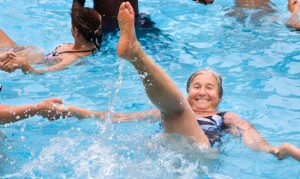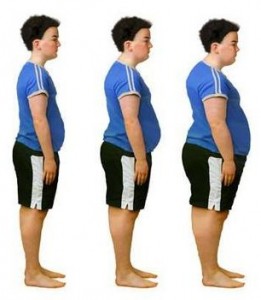 Much of the world is watching the 2012 Olympics with excitement as athletes attempt to swim faster, jump higher and dive more gracefully than humans ever have before. The casual spectator might be surprised at the amount of science that goes into competition at the Olympic level.
Much of the world is watching the 2012 Olympics with excitement as athletes attempt to swim faster, jump higher and dive more gracefully than humans ever have before. The casual spectator might be surprised at the amount of science that goes into competition at the Olympic level.
Here at EBL, we tracked down a round-up of media on scientists working with Olympic athletes to help them become the best they can be.
Among the interesting research is a study trying to determine the most efficient freestyle stroke technique for swimmers. A mechanical engineering professor at John Hopkins University used laser body scans and underwater video of two Olympic-level swimmers to create a computational fluid dynamic model to compare the two different freestyle strokes. His work determined that a method known as the “deep-thrust” swimming style is the most effective way to swim freestyle.
Another professor of biomedical engineering at the University of California is using physics to help elite divers. She installed force sensors on diving platforms to measure the forces divers use when they begin their dives. “The athletes feel the forces and the coaches see the effect of the forces,” Professor Jill L. McNitt-Gray explained. “By measuring forces, they could both get a sense of what they actually are.”
And a mechanical engineer at Sheffield Hallam University in the United Kingdom studies the role technology has played in the history of sport. He’s written extensively this year on the effects of rule changes and technology on sporting performance over time.
Certainly, there are many more examples of science in sport such as aerodynamic helmets used in cycling and the biological effects of endurance sports, to name two.
When it comes down to individual competitions, luck and human spirit certainly do play a role – especially at the Olympics. But it’s interesting to take a look behind the scenes to see the role that science plays as well.











